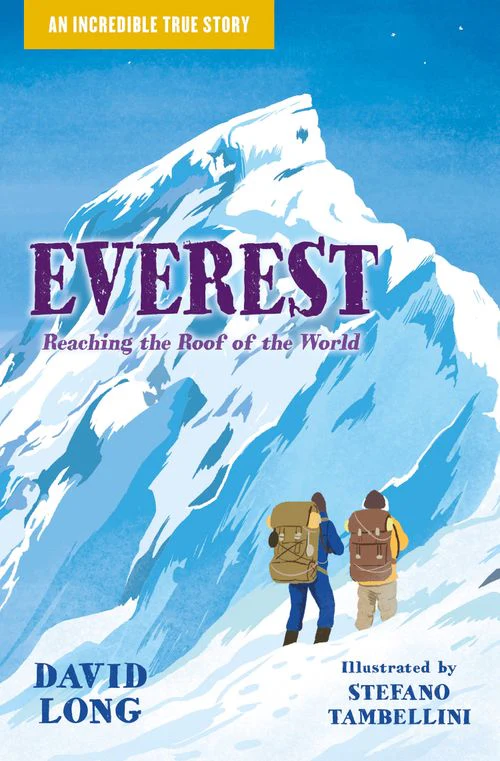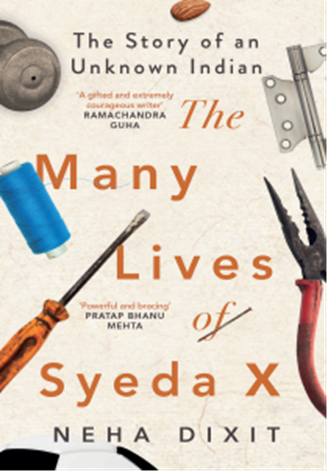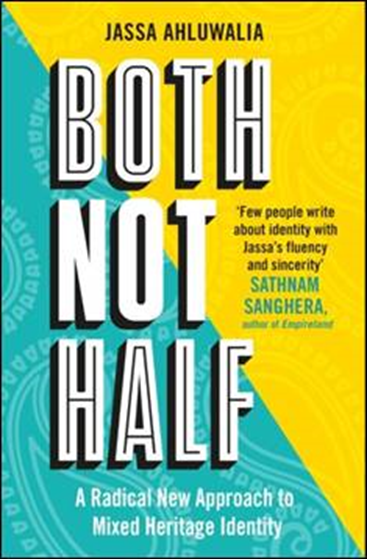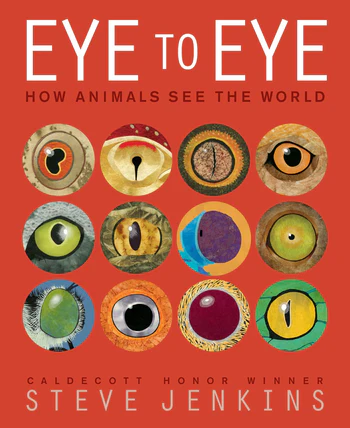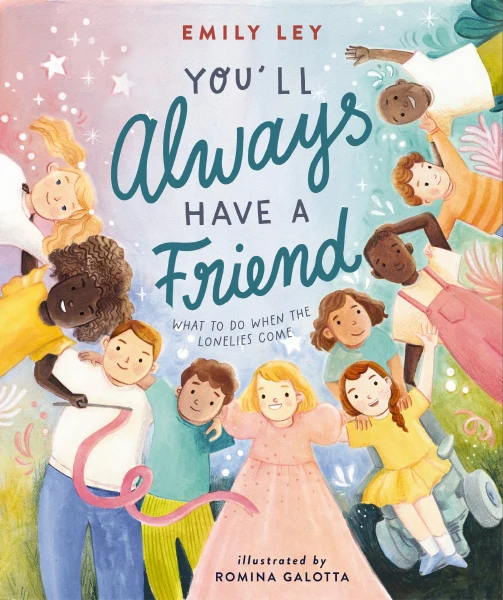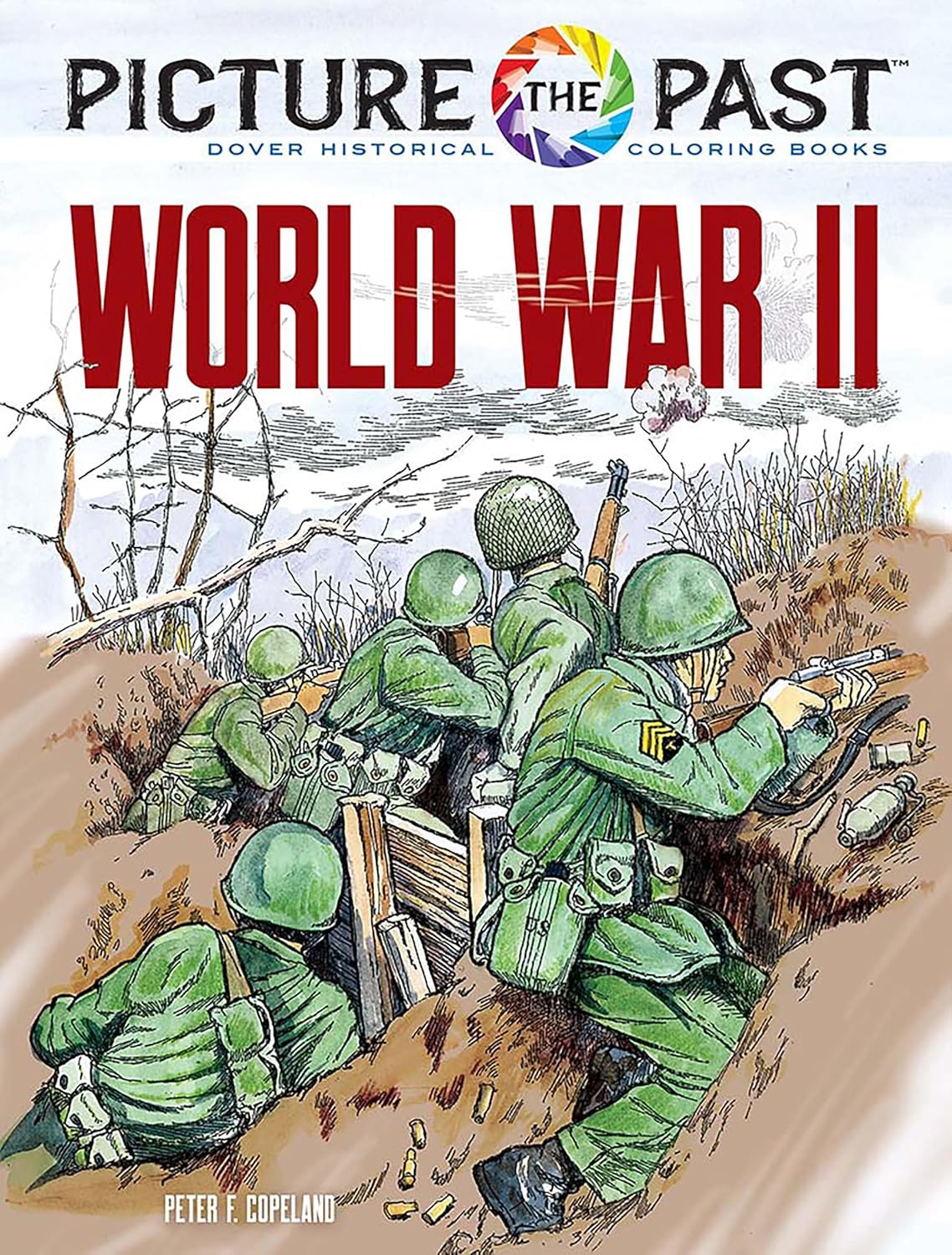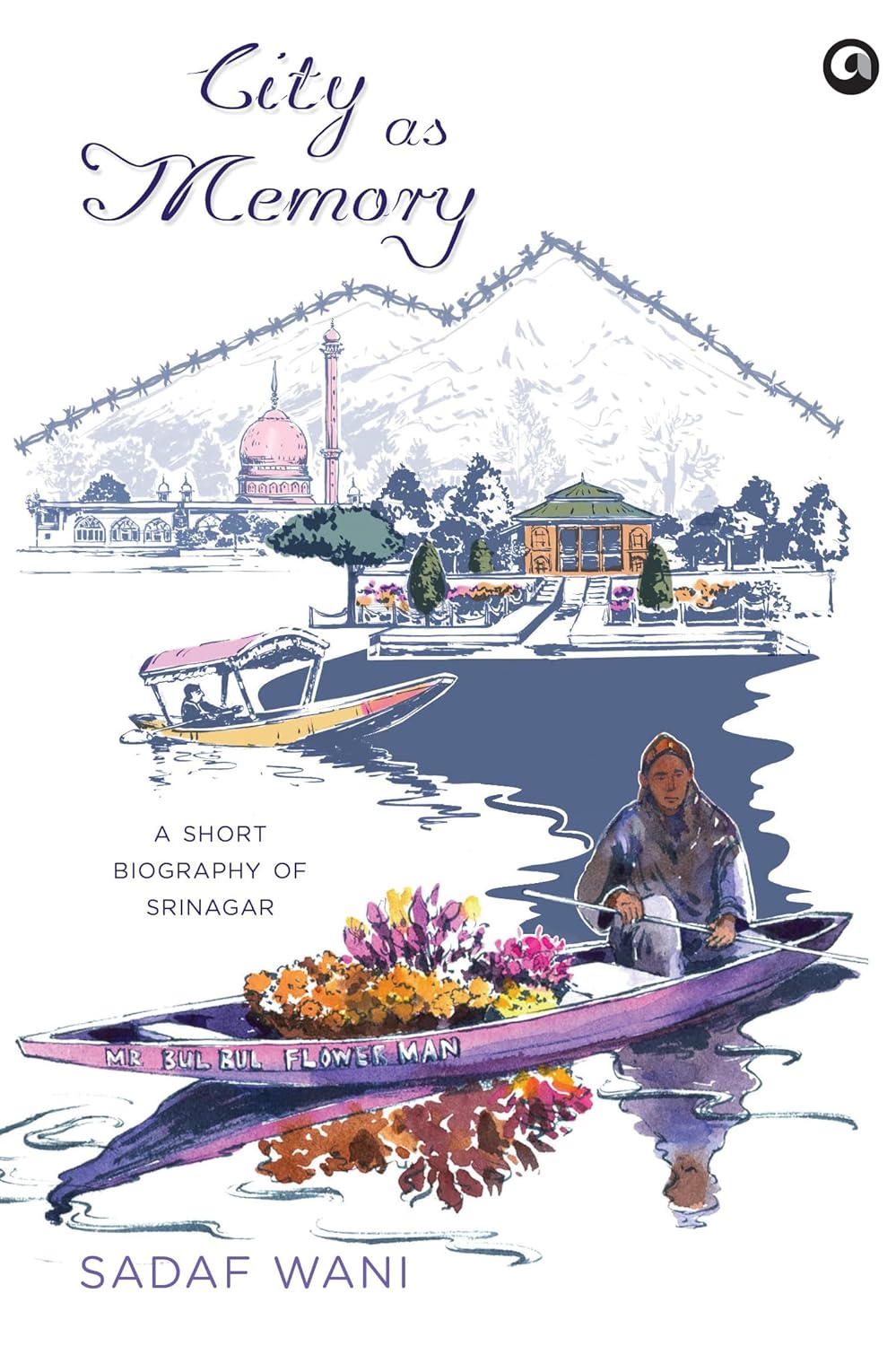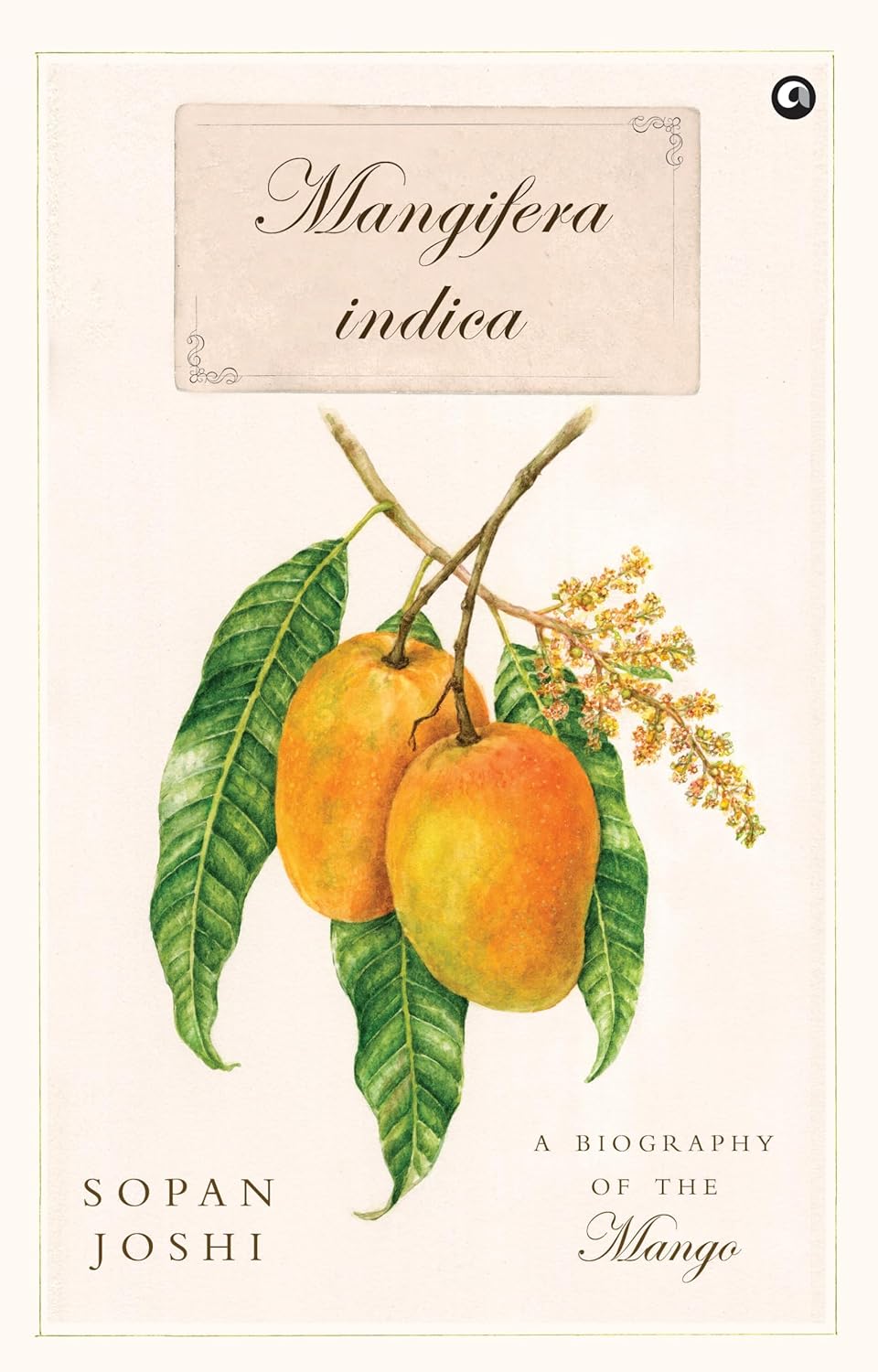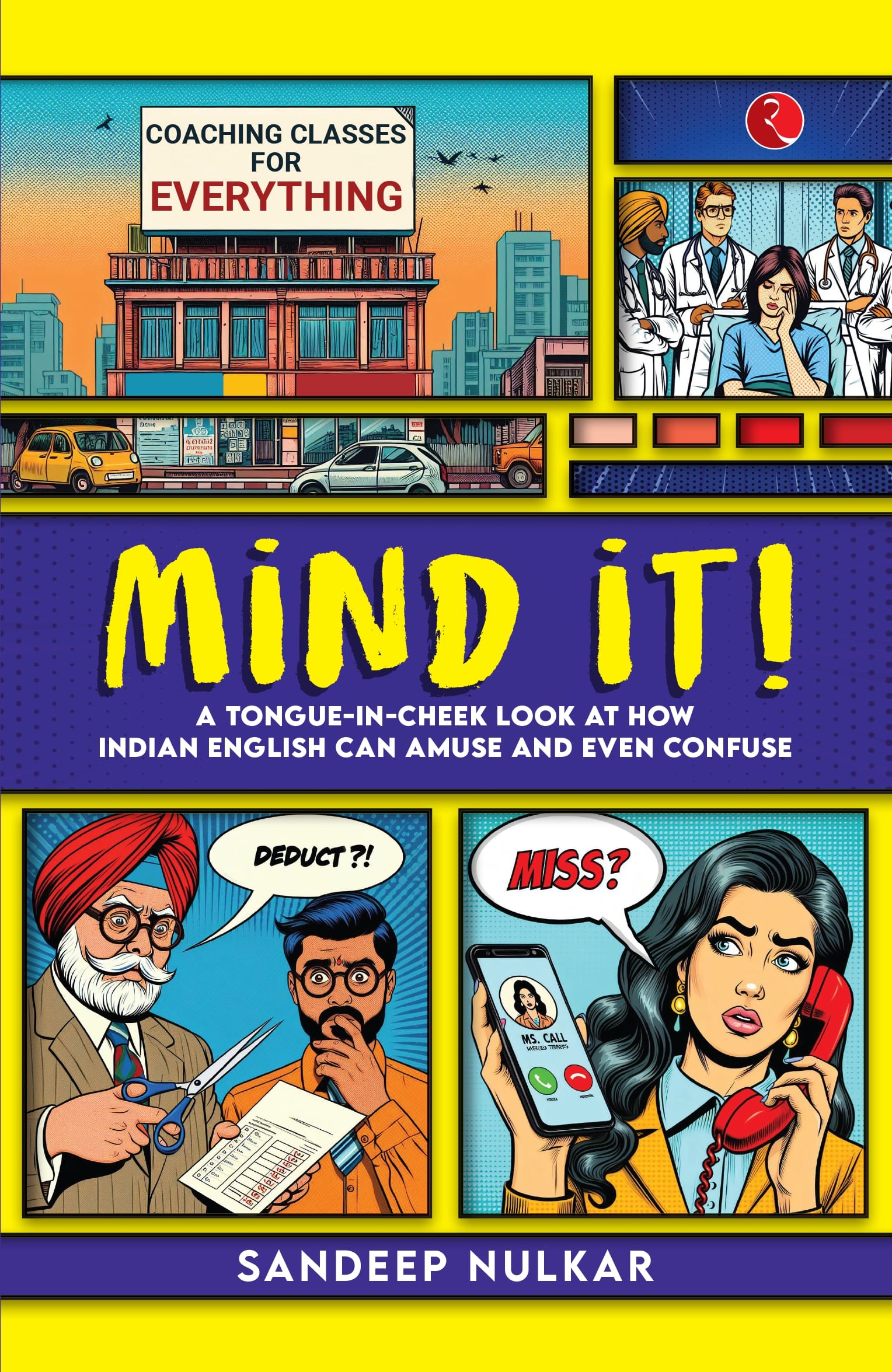political science
Entrances
Academic Books
Account Books
Administrative
Adventure
Advocacy and Adjudication
Aging
Agriculture
Agriculture
Agriculutre
Allied Health
Analysis
Animals
Animals and Birds
Anthology
Anthology
Aptitude Test
Arbitration and Conciliation and Mediation
Architecture
Architecture
Architecture
Art and Humaneties
asd
Astroloojy
Astronomy
Autobiography
Ayurveda
Banking
Banking and Insurance
Biography
BIOLOGY LIFE SCIENCE
Body & Spirit
Border Roads Organisation
BPSC
Business
Business Law
CA
Chemistry
Child, Young and Adult
Children dictionaries
Childrens Books
Civil Procedure and Practice
CLASSIC FIC(PRE 1945)
Climbing or mountaineering
Comics
Comics & Graphic
Commerce
Communication & Media Studies
Competition Law and MRTP
Competitive Exams
Computer
Computer
Constitutional Law
Consumer Protection Law
Contempt of Court and Legislatures
Contract Law and Specific Relief
Cook Books
Cook books
cookery
Corporate Law
Corporate Laws
Counseling
Court Fees
Crafts & Hobbies
Crafts and Home
Crime Books
Criminal Law
Criminology
CTET
Defence
Dental Science
Dentistry
Dictionary
Direct Tax Laws
Direct Taxes
Drafting and Pleading and Conveyancing
Drama
E-Commerce
Earth science
ECO FIN BUSS & MGMNT
Economics
Economics & Development Studies
Education
Election Laws
Electricity Law
Electronics and Engineering
ENCYCLOPAEDIA
Engineering
Engineering & Computer
English Language Teach
ENGLISH LANGUAGE TEACHING
Entertainment
Environmental Law
Environmental Science
Evidence
Fairy Stories
Family and Personal Laws
Family Studies
Family/Personal Laws
Fashion and Design
Fiction
Film and Cinema
Finance
Food & Cook
Food and Drink
Games & Activities
Gender Studies
General knowledge
Geography
God and Godess
Graphic Novels
GST
Gujrati
HCUS - IMPORTS
Health & Fitness
Health & Fitness
Health & Nursing
Health, Personal, development
Hinduism
History
Horror
Human Rights
Humanities
HUMOUR
Income Tax
India Major Works
Indirect Tax Laws
Indirect Taxes
Industries
Information Technology Law
Insolvency
Insolvency and Bankruptcy Code
Insurance Law
Intellectual Property Law
International Law
International Taxation
Interpretation of Statutes
Islam
Judicial System
Jurisprudence
Labour and Industrial Laws
Labour and Service Law
Labour and Service Laws
Language
Law
Law Manuals
Legal Biography
Legal Education and Entrance Examinations
LIFESTYLE,SPORT,LEIS
LIT:HISTORY,CRITICSM
Literature
LITERATURE STUDIES
Management
Management & Organization Studies
Marketing
Marriage and Relationships
Mass Communication
Mathematics
MATHEMATICS & SCIENC
Mechanical Engineering
Medical
Medical
Medico Legal
MIDDLE GRADE READERS
MODERN FIC(POST 1945)
Motor Vehicles Law
Music
Mythology
Nature
Nature
No Food Science
Non-fiction
Nonfiction
NTA UGC
Nursing
Nursing
Operations and Decision Sciences
Organisational Behaviour
Ornithology
Other
Other Laws
Other Titles
Paramedical
Paramedical
Partnership Law
Pharmacy
Philosophy
Photography
Photography
Physics
PICT ACTIVITY BOOKS
Poetry
Politics
Press, Media & Telecommunication Laws
Property Law
Psychology
Punjabi
Raamaayana
Railway
REF,INFO,INTERDISCIP
Religion
Research and Reference and Lexicons and Dictionaries
Research Methods
Right to Information
Romance
Sale of Goods Act
Sanskrut
Scholarship
Science Fiction
Self Help
Share market Trading
Short Stories
Social Behaviour
social science
Social Work
SOCIETY & CULTRE
Sociolinguistics
Sociology
Spiritual
Spirituality
Sports
Sports Law
Statistics
Story Book
Study material
Tax and Accounting
Textbooks
Textile
THE ARTS
Torts and Consumer Protection
Transfer Pricing
Travel
Travel
UPSC
Urban Studies
Wild Life
Wildlife
Workbook
Yoga
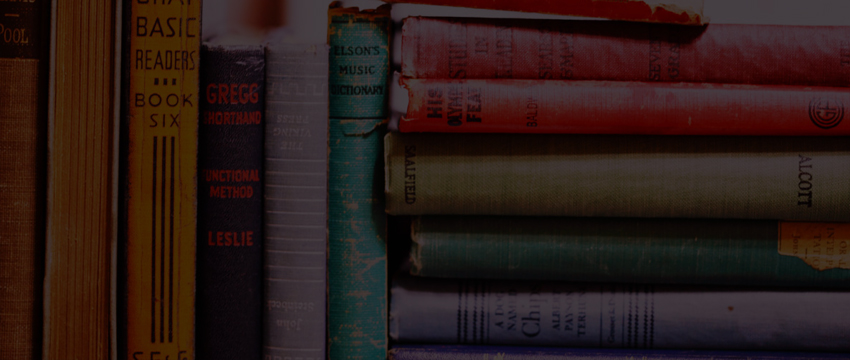
Nonfiction
Incredible True Stories (4) Everest Reaching the Roof of the World
Join the treacherous mission to conquer Earth’s highest peak in David Long’s enthralling retelling of the first expeditions to climb Everest.
Everest is the world’s highest mountain, towering like an icy giant over the Himalayas. For the millions of people living nearby, it has always been a magical place, known as “Goddess Mother of the World” or the “Peak of Heaven”. To explorers and adventurers, it represents a perilous but thrilling challenge to be conquered.
In this exhilarating account by award-winning author David Long, he looks back at the first attempts by international mountaineers to reach the fabled summit, many of which ended in death and disaster.
... Read more Read lessTHE MANY LIVES OF SYEDA X The Story of an Unknown Indian
What does the life of an ordinary working-class Indian look and feel like? In this outstanding book, the award- winning journalist Neha Dixit traces the story of one such faceless Indian woman, from the early 1990s to the day. What emerges is a picture of a life lived under constant corrosive tension. Syeda X left Banaras for Delhi with her young family in the aftermath of riots triggered the demolition of the Babri Masjid. In Delhi, she settled into the life of a poor migrant, juggling multiple jobs a – from trimming the loose threads of jeans to cooking namkeen, and from shelling almonds to making tea strainers.
Syeda has done over fifty different types of work, earning paltry sums in the process. And if she ever took a day off, her job would be lost to another faceless migrant. Researched for close to a decade, in this book, we meet an unforgettable cast of characters: a rickshaw driver in Chandni Chowk who ends up tragically dead in a terrorist blast; a doctor who gets arrested for pre-natal sex determination; a gau rakshak whose sister elopes with Syeda’s son; and policemen who delight in beating young Muslim men.
In the end, things comes to a grotesque full circle for Syeda. Her life is upturned for the umpteenth time during the Delhi riots of 2020. But displacement, tragedy and hardships are the things she is used to – being poor and Muslim and a woman. Written with empathy and deep insight, this book is a portal to a harsh world hidden away from elite Indians. It is the story of untold millions and a searing account of urban life in New India.
WHY THE APPLE FALLS Fantastic Physics for Children
A history of physics that also mentions the contributions of great Indian scientists Why do apples fall down and not up? Why does an astronaut become younger than her twin sister? Why do we need lots of nothing (zeroes) to count large numbers? Why does a smashed glass not repair itself? How old is the universe?
The world is weird and physicists have been asking strange questions like this forever. In this book, you’ll meet many of the great men and women (many of them Indians) who found the answers, and you’ll learn why some of those answers led to even stranger questions.
BOTH NOT HALF
“This guy has better Punjabi than both of us and he’s only half Punjabi. Only half. I stared at those words. The intent behind the comment was in no way malicious, but it hurt. I felt diminished. I felt like I was being robbed of something essential to me. And as I stared at my screen, realization dawned. ‘#bothnothalf’ I replied.”
For over twenty-five years, actor Jassa Ahluwalia described himself as ‘half Indian, half English’. But he looks white. His fluent Punjabi always prompted bewilderment, medical staff questioned the legitimacy of his name, and the world of casting taught him he wasn’t ‘the right kind of mixed-race’.
Feeling caught between two worlds, it wasn’t long before Jassa embarked on a call to action: we need to change how we think and talk about mixed identity.
Both Not Half is a rallying cry for a new and inclusive future. It’s a journey of self-discovery that unearths the historical roots of modern mixed identity as we know it, deconstructing perceived binaries and the narratives we passively accept. Part-memoir, part-manifesto, this is a campaign for belonging in a divided world.
... Read more Read lessEye to Eye/How Animals See the World How Animals See the World
From Caldecott Honor–winning author-illustrator Steve Jenkins comes a series of animals with unusual eyes in this eye-catching picture book!
In his eye-popping work of picture book nonfiction, Jenkins explains how for most animals, eyes are the most important source of information about the world in a biological sense.
The simplest eyes—clusters of light-sensitive cells—appeared more than one billion years ago, and provided a big survival advantage to the first creatures that had them. Since then, animals have evolved an amazing variety of eyes, along with often surprising ways to use them.
You'll Always Have a Friend What to Do When the Lonelies Come
Imagine a world where you always have a place at the table, where you always have a friend. This reassuring and empowering book from Emily Ley helps kids realize that they can always have a place, and offers them practical tools to give them confidence and help them overcome lonely times.
We all know what it's like to feel left out, overlooked, and unseen. And this problem can be so much harder to face when you're a child on the playground, a kid sitting alone in the school cafeteria, and the new kid on the team.
Reassure your children that they are seen. And they are awesome! Help them know that they are not the only ones--everyone has felt lonely or left out at some time or another--and there are lots of ways to always have a friend. You'll Always Have a Friend features vibrant illustrations of a diverse cast of characters and will encourage children to have confidence to make friends and to be a friend to others.
This picture book
1. is great for children ages 0 through 8;
2. will help your children know they are not alone in feeling left out and will equip them with practical things they can do when confronted with these situations;
3. will encourage children to intentionally and proactively reach out to other children, to be kind and inclusive, and to help build a world where everyone has a friend;
4. would make a great gift for baby showers, birthdays, graduations, or holiday gift-giving; and
5. is a perfect back-to-school read to help combat anxiety, have conversations about making friends, and deal with these issues together in a healthy, positive way.
Picture the Past: World War II Historical Coloring Book
The most destructive war in history, World War II involved intense conflict in Europe as well as Asia, Africa, and the South Pacific. Peter F. Copeland’s dramatic illustrations capture air, land, and sea battles plus other major events — from the German invasion of Poland in 1939 to the Japanese surrender in 1945. Forty-five ready-to-color scenes include the Battle of Britain, the Japanese attack on Pearl Harbor, General Rommel’s desert campaigns, the sinking of the German battleship Bismarck, the Battle of Stalingrad, the Allied invasion of France, the fall of Berlin, the battles of Iwo Jima and Okinawa, and the dropping of the atomic bomb over Hiroshima. An informative caption accompanies each powerful, meticulously rendered illustration.
City as Memory a Short Biography of Srinagar
Sirinagar (as it’s pronounced in Kashmiri), the capital of Paradise on Earth, is known for its lush green valley and picturesque lakes, but also for its troubled past and unsettled present. Founded in 250 BCE by the Buddhist king Ashoka, Srinagar’s chequered history is one of conquest and centuries of foreign rule, characterized by both indulgence and neglect. In independent India, the state’s troubled geopolitics, the growth of tehreek (armed insurgency) since 1989, and the tumultuous quest for azaadi have turned Srinagar into one of the most heavily militarized regions in the world. In City as Memory, Sadaf Wani draws from her childhood experiences in the mid-90s amidst a waning insurgency movement and increasing militarization, as well as her adolescence in
the early 2000s during deadly cycles of violence in the wake of civilian protests, to explore how Kashmir’s turbulent history deeply intertwines with memories of home for its people. Wani explores the beating heart of the city through stories of personal remembrance and scholarship, examining questions of identity and belonging to craft an intimate portrait of Srinagar. Her portrayal illuminates the deep wounds on the spatial, temporal, and emotional landscape of this city of contradictions—where scenic views of the Dal Lake coexist with smoke from tear gas.
Mangifera Indica A Biography Of The Mango
The mango, the king of fruits, is also the fruit of desire and the fruit of love. Every aspect of the tree is profoundly intertwined with Indian civilization. The leaves, flowers, and fruits of the mango are depicted in paintings and sculptures, and references to it are found in Indian literature through the ages and in several languages. It has played, and continues to play, an important role in religion, cuisine, and a variety of cultural forms. But do we really know all there is to know about this delectable fruit?
In this deeply researched and superbly written book, we go beyond the well-trodden stories of the obsessions of nawabs and kings and breathless annual debates about the best mangoes in the world. From the orchards where they grow to the vibrant markets redolent with their aroma, and ultimately to our tables, Mangifera indica describes every aspect of India’s favorite fruit. Book One begins with the history, origin, and the relevance of the mango in contemporary culture, including its place in religious rituals and festivals, literature, and diplomatic relations. Book Two takes us far back in time, 4,500 million years ago, to chart the co- evolution of the ancestors of the mango and humans. In Book Three, we traverse the length and breadth of India, encountering a kaleidoscope of mango varieties—the fragrant Alphonso, sweet Kesar, succulent Dashehri, and dozens of others—as well as never before heard stories of growers, traders, distributors, and consumers.
... Read more Read lessMIND IT! A TONGUE-IN-CHEEK LOOK AT HOW INDIAN ENGLISH CAN AMUSE AND EVEN CONFUSE
The book is a tongue-in-cheek look at how Indian English can amuse or even confuse. It presents a collect ion of 100+ classic ‘Indianisms’, each written in a way that makes it fun to read. The book delves into how each Indianism might have come to be, all the while helping the reader understand the grammatically correct way to say it.

